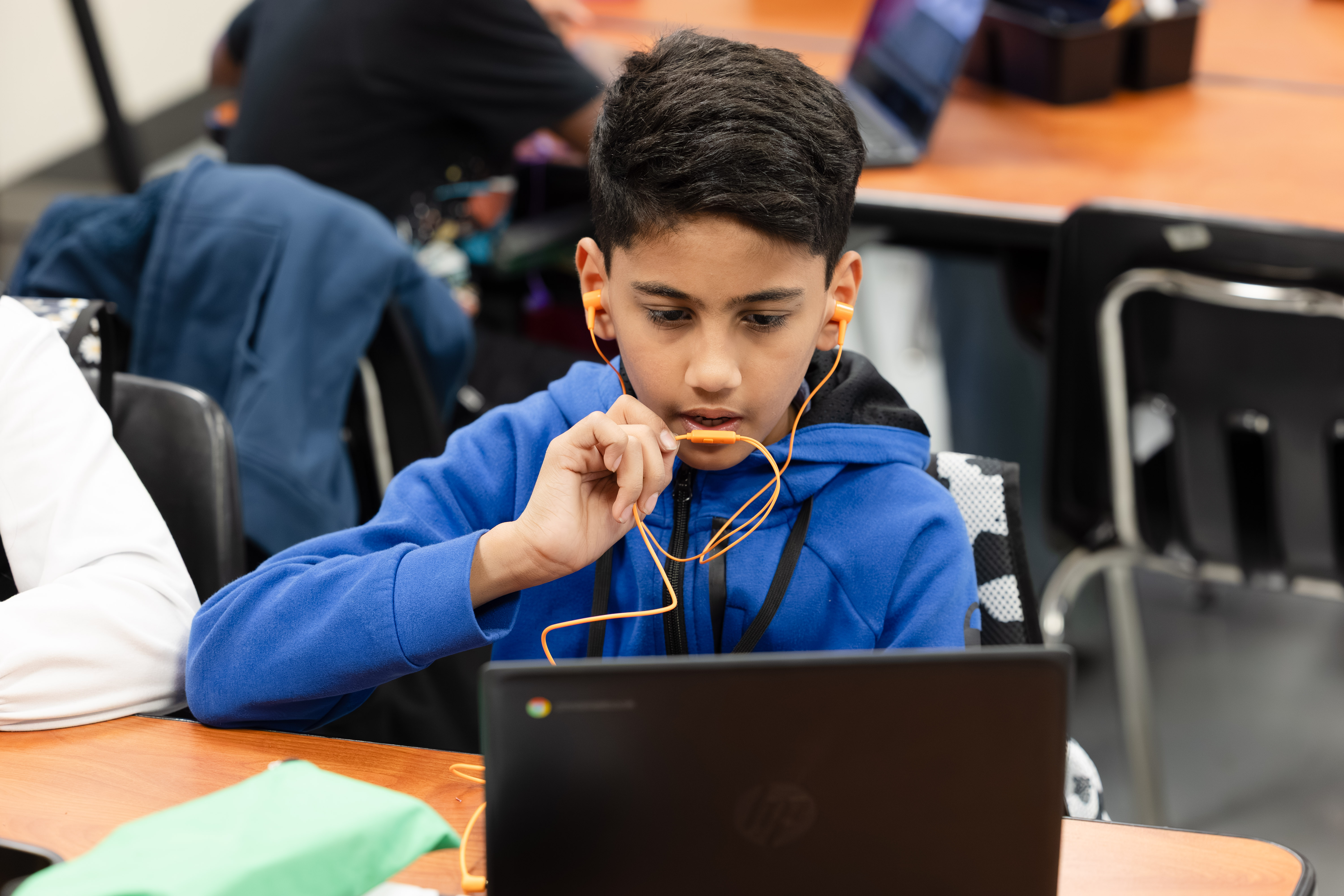4 Considerations for Designing an Effective High-Dosage Tutoring Program
.png)
The Research Powering High-Dosage Tutoring
Research shows that high-dosage tutoring supports learning gains and helps students get back to grade-level learning in an accelerated manner. Supporting educators is more important than ever, as they work to close learning gaps due to school disruptions.
The Annenberg Institute at Brown University published a recent study that shows strong evidence that high-dosage tutoring can produce large learning gains for a wide range of students. On average, it increased achievement by an additional 3 to 15 months of learning across grade levels.
4 Considerations for Designing an Effective High-Dosage Tutoring Program for Your School or District
The key is in the program design and implementation. Factor in these four considerations as you’re designing a program for your students.
1. Consider the frequency of your high-dosage tutoring program.
High-dosage tutoring should be 30-60 minutes at least three times per week. Elementary students may benefit from shorter, more frequent sessions. The length of your program is important too. It should last up to 10 weeks, if not the entire school year.
2. Consider the size of your student groups.

The size of your group can be 1 student only, but it doesn’t have to be. Research shows that small groups of 3 or 4 students are the right size to provide individualized instruction. One-on-one sessions should be reserved for students who are not improving within a small group.
The secret to making small-group tutoring sessions succeed is working with the same tutor consistently. Just as we know relationships between students and teachers matter, relationships between students and tutors matter as well.
3. Embed tutoring into the school day.
The most effective tutoring programs are those that are embedded into the school day as part of students’ academic time. They should not take place during recess, specialist time, or physical education. Research shows that effectiveness goes down when programs occur at home or during the weekend.
Another option is to conduct high-dosage tutoring sessions immediately after or before school. Both in-person and virtual tutoring are shown to be effective at all grade levels. Switching up the format could actually provide more options for students who may benefit from a virtual setting.
4. High-dosage tutoring programs should incorporate high-quality instructional materials that are aligned to standards.
Your school or district’s program should align with what’s happening in the classroom. These sessions should complement the classroom instruction so that students get the intensity needed to improve achievement.
How Istation Can Help with Any Program Model
.png)
Istation supports the instructional strategies of tutors by offering high-quality materials to make teacher’s lives easier. With Istation, schools and districts get…
- formative assessment data that identifies students’ skill levels and creates groups based on ability;
- progress monitoring tools that check whether instruction strategies are effective;
- targeted, interactive instruction that coordinates with classroom instruction;
- customizable teacher-directed lessons that support small-group interventions; and
- professional services, including program-design support, data analysis, and ongoing coaching and support for tutors.
High-dosage tutoring can be one of the most effective interventions when done right, and Istation is happy to help you successfully design and implement a program for your district.
Read more from the AI & The Reading Brain Blog


.avif)
